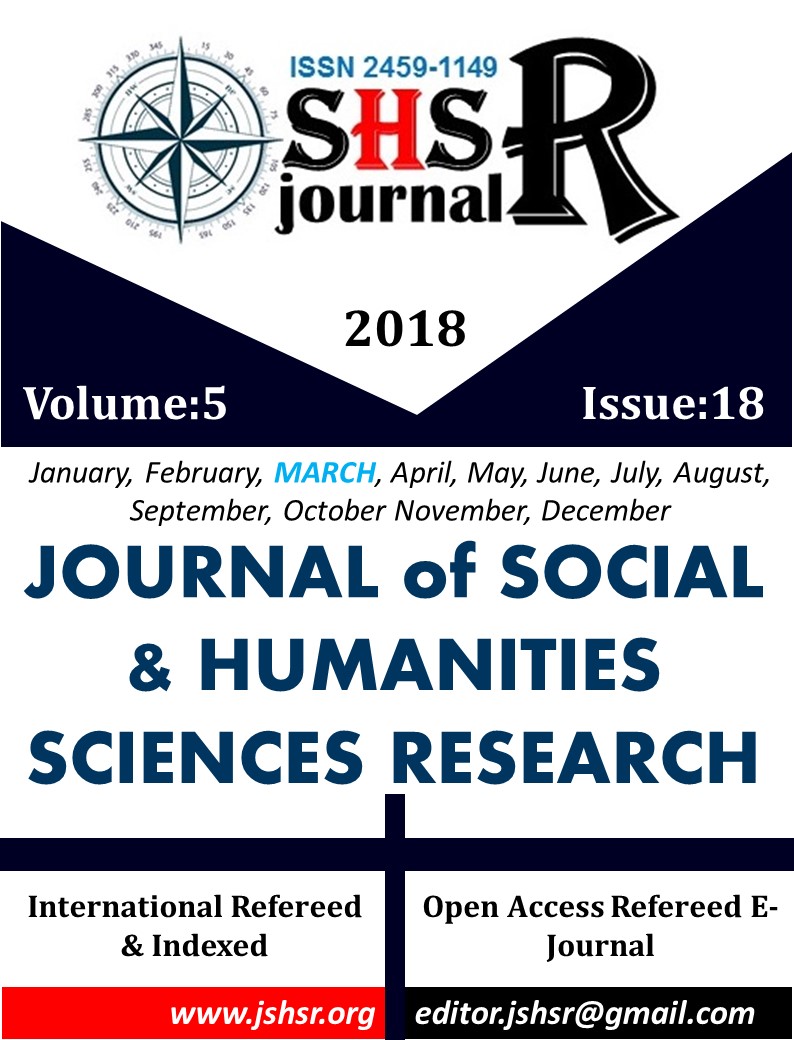TURKEY’S FOREIGN TRADE BALANCE DURING THE CUSTOMS UNION PROCESS
DOI:
https://doi.org/10.26450/jshsr.387Keywords:
European Union, Turkey, Customs Union and Foreign Trade BalanceAbstract
In today’s world where globalisation and regionalization trends are gaining momentum, the countries entering into intense economic, political and social relations with each other increases their mutual dependence in a way that has never been seen before. As a result of these developments, the quality of discrimination of national borders is decreasing, and it is seen that countries are becoming more integrated in the upper systems, especially for Economic and political reasons. Trade and tariffs agreement (GATT) was signed in 1948. In parallel with this Agreement, customs duties are gradually reduced and adjusted. Turkey’s social, historical, cultural and political ties with Western Europe dates back to the old times of history. The last link to this formation is economic commitment. Turkey has set itself a target for integration with the European Union and has applied for membership to the European Economic Community (EEC) in 1959. Since this year, Turkey has been in many common Union to join the European Union. On 1 January 1996, the Customs Union agreement was signed between the European Union and Turkey. The European Union is a political and Economic Union of 27 Member States of the European Union. This Agreement has led to an enormous growth in the market, which is accessible from Turkey without restrictions. It can also be said that decreasing or falling tariffs will reduce the cost of production within the country. In this study, Turkey’s customs union agreement signed with the European Union will focus on the problems brought to foreign trade balance and the solutions produced by Turkey against these problems
Downloads
Published
How to Cite
Issue
Section
License
Copyright (c) 2018 INTERNATIONAL JOURNAL OF SOCIAL HUMANITIES SCIENCES RESEARCH

This work is licensed under a Creative Commons Attribution 4.0 International License.


